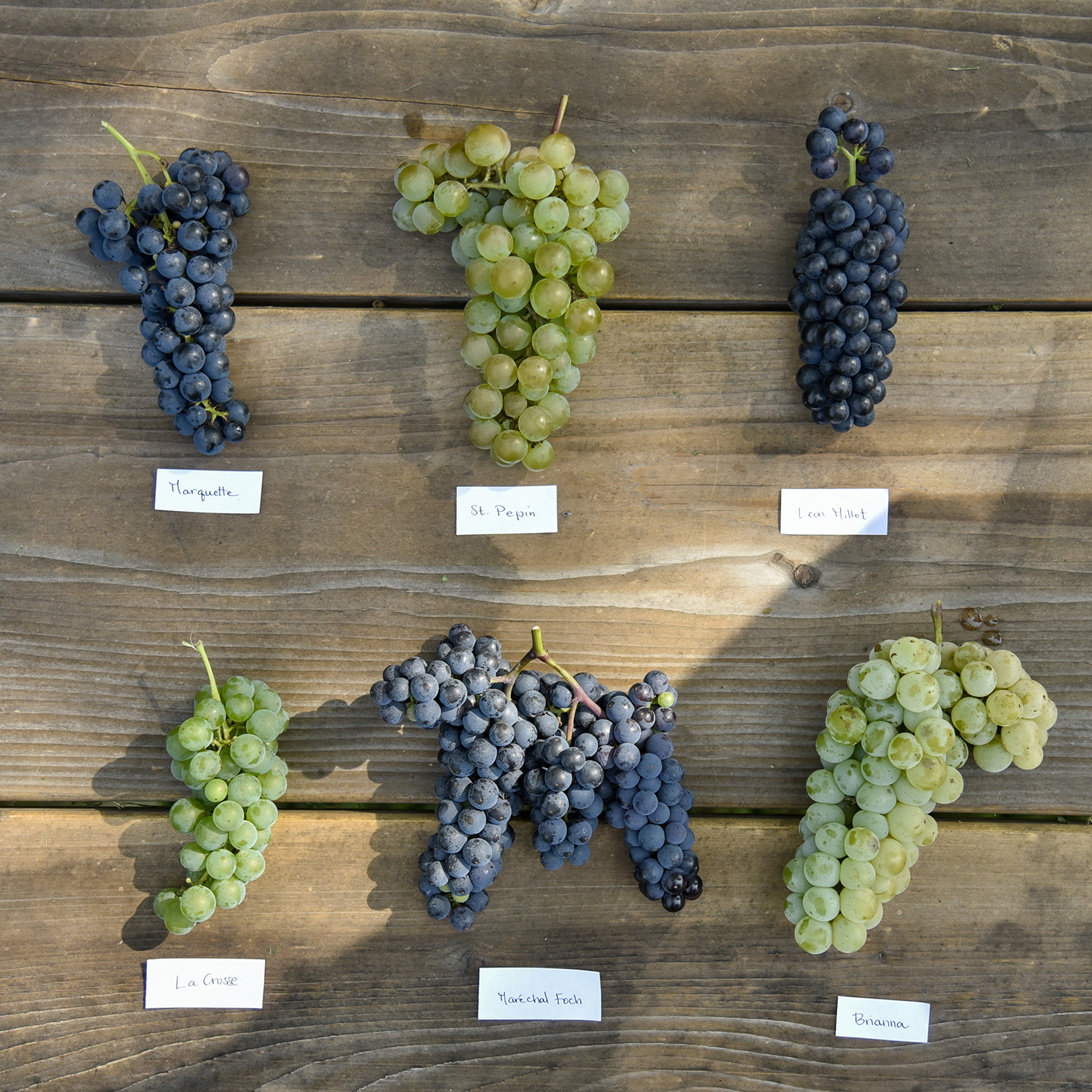Grape Varieties
Featured Grapes

Cabernet Sauvignon
A popular red wine grape variety known for its deep color, full body, and rich flavors of dark fruit and spices.

Chardonnay
A versatile white wine grape variety that produces a range of styles from crisp and citrusy to rich and buttery.

Merlot
A soft and fruity red wine grape variety with flavors of black cherry, plum, and hints of chocolate and herbs.

Sauvignon Blanc
A white wine grape variety known for its high acidity and flavors of green apple, lime, and tropical fruits.

Pinot Noir
A delicate and complex red wine grape variety with flavors of red berries, earthy notes, and a silky texture.

Syrah
A bold and spicy red wine grape variety with flavors of blackberry, black pepper, and smoky notes.

Zinfandel
A red wine grape variety that produces robust wines with flavors of blackberry, raspberry, and pepper.

Malbec
A red wine grape variety known for its dark color, full body, and flavors of dark fruit, cocoa, and a hint of spice.

Riesling
A highly aromatic white wine grape variety known for its floral aromas and flavors of peach, apricot, and honey.

Essential Grape Varieties for Viticulture
Grape varieties play a crucial role in viticulture and winemaking, as they fundamentally determine the flavor, aroma, and overall character of the wine. Each grape variety has unique characteristics influenced by its genetic makeup, which in turn interacts with the terroir—the combination of climate, soil, and topography of the vineyard where it is grown. For example, Cabernet Sauvignon, known for its robust structure and tannins, thrives in warmer climates like Bordeaux, producing wines with flavors of blackcurrant, cedar, and mint. In contrast, cooler climates favor grapes like Pinot Noir, which yields elegant, aromatic wines with notes of cherry, raspberry, and earthy undertones. The diversity in grape varieties allows winemakers to craft a wide range of wine styles, from light and perfumed to bold and structured. Understanding the attributes of different grape varieties enhances the appreciation of wine, showcasing the intricate relationship between the grape and its environment, and highlighting the artistry involved in winemaking.
